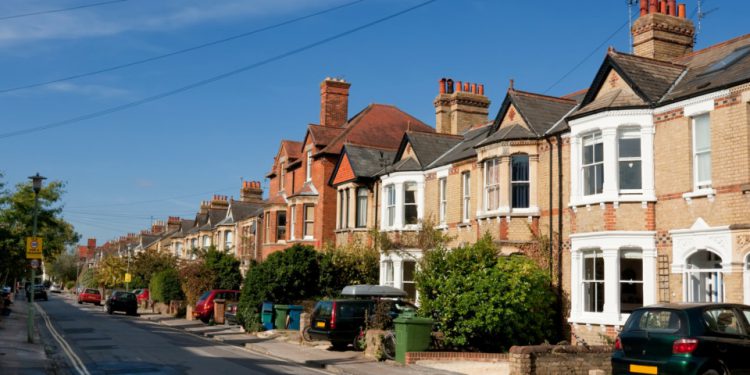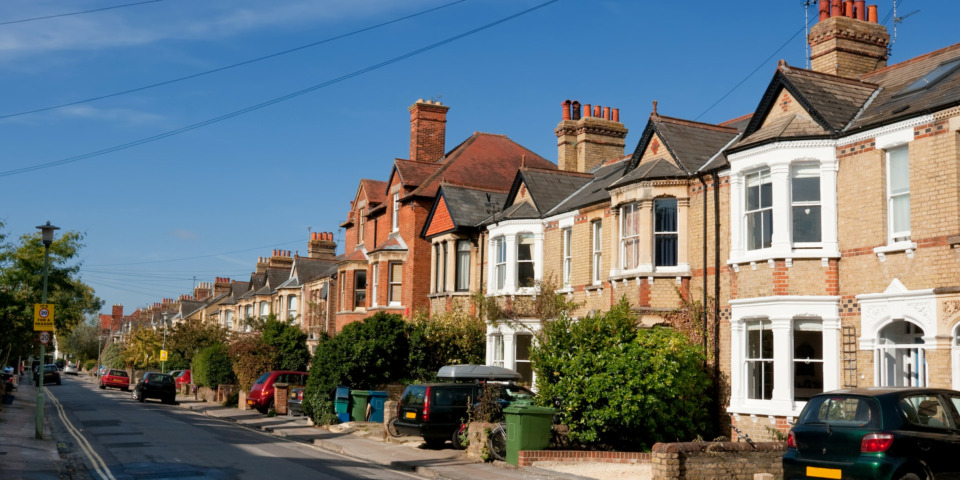Would be the cheapest mortgage deals too good to be true?


The cheapest mortgages now come with up-front fees of around lb1,500, as lenders find it hard to offer table-topping rates.
Average mortgage fees have risen to more than lb1,000 recently, but we’ve found lenders are charging significantly more on their own ‘cheapest’ deals.
Here, Which? explains why fees have jumped, while offering advice on how you can compare mortgage deals.
Average mortgage fee tops lb1,000
Mortgage rates have fallen recently, marking good news for house buyers and people seeking to remortgage.
Rates of below 1% are now available on two-year fixed-rate deals, and five-year fixes have fallen to the lowest levels on record.
There are signs, however, that lenders are making their cash elsewhere, in the form of high up-front fees.
New data from Moneyfacts shows the average mortgage fee has risen by lb57 year-on-year, to achieve lb1,075.
This is slightly recorded on the lb1,081 recorded 8 weeks ago, that was the highest average since 2012.
There will also be signs that lenders are moving away from fee-free deals – 35% of deals currently on the market can be found fee-free, compared to 40% a year ago.
Why are mortgage fees rising?
When people compare mortgages, the first thing they see may be the initial rate.
With this in mind, lenders are battling to offer market-leading rates at any given time when the property marketplace is booming.
This is especially the situation with low loan-to-value (LTV) mortgages. Recently, several banks launched 60% LTV mortgages with rates below 1%, the first time we’ve seen that happen since 2021.
It used to be common to begin to see the cheapest deals come with fees of just below lb1,000 (usually lb995 or lb999), but we’re now increasingly seeing chart-topping mortgages with fees of lb1,495, lb1,499 or perhaps lb1,999.
Eleanor Williams of Moneyfacts says: ‘Lenders might be raising fees to achieve margins in the aftermath of the fixed-rate war, and this may also potentially be from the resurgence of sub-1% mortgages as, whilst eye-catchingly low, these initial rates can also carry the highest fees.
‘Borrowers might need to search a little harder if they are looking to keep mortgage costs low or secure a fixed-rate mortgage with no fee.’
Fees on chart-topping deals
We’ve analysed data from Moneyfacts to exhibit just how much lenders are charging up-front on table-topping deals.
The chart below shows the average mortgage fee on top 10 lowest-rate deals at five loan-to-value levels.
As you can see, high up-front fees tend to be more of the issue at lower loan-to-value levels, where lenders are scrambling to provide ever-cheaper rates. At 60% loan-to-value, the least expensive two-year fixes come with fees averaging nearly lb1,500.
The lowest fees take presctiption 90% and 95% mortgages, where cash-strapped first-time buyers are more likely to take a higher initial rate in exchange for a lower up-front cost.
When could it be cheaper to take an offer having a higher rate?
High fees mean it’s sometimes better to ignore the ‘cheapest’ deal and instead choose one with a a little more expensive rate.
If you’re looking for a two-year fix at 60% loan-to-value, choosing HSBC’s 1.24% deal rather than Platform’s 0.95% deal will actually save you money over the two-year period.
The monthly obligations on HSBC’s deal are lb26 more than Platform’s, but the insufficient an up-front fee (when compared with lb1,499 from Platform) means you’ll save lb865 over 2 yrs.
| Lender | Initial rate | Up-front fee | Cost per month | Cost over two years |
| Platform | 0.95% | lb1,499 | lb749 | lb19,531 |
| HSBC | 1.24% | lb0 | lb775 | lb18,666 |
Which kind of deal must i choose?
When you are looking at selecting a mortgage deal, much is right down to your own circumstances.
For example, saving lb800 by choosing the higher rate above might seem just like a no-brainer, however, many borrowers may prefer to pay an up-front fee in exchange for the lower monthly payments.
This is especially the case when it comes to deals with smaller fees, for example lb499 or lb999. In such cases, there might be little to choose within the overall cost of borrowing.
How to check mortgages
- Consider your circumstances: The first decision you’ll need to make is which mortgage term to choose. Most commonly, people remove two-year or five-year fixed-rate mortgages. Two-year fixes come with cheaper rates and also the freedom of not being locked in for a long time. Five-year fixes are a little more expensive, but protect you against changes to rates of interest a bit longer. Most five-year deals include early repayment charges, which could leave you with a big bill should you move home prior to the end from the term.
- Look in the overall cost: As we discussed earlier, you’ll need to consider the total amount between rates and fees when you compare mortgages. It’s worth exploring the mortgage’s Apr (APRC), which will be listed among the deal’s key information. The APRC is the overall average interest you’d pay if you kept the mortgage for the entire term (e.g. 25 or 3 decades). You’ll almost always want to change to a better rate after two or 5 years, so this isn’t entirely representative, however it can provide you with an idea of how the deal compares with competitors.
- Check the lender’s reviews: A mortgage is a huge financial commitment, so ensure you’re choosing a bank or building society that will provide both a great deal and great customer support. Our mortgage company reviews assess lenders on a range of criteria, including overall customer service, value for money, flexibility an internet-based services.
- Consider using a large financial company: Mortgages can be complicated, therefore if you’re can not figure out which deal to go for, it may be helpful to take advice from the whole-of-market mortgage broker. An agent will be able to take a look at all of the mortgages for sale to find you an appropriate one for your circumstances.






